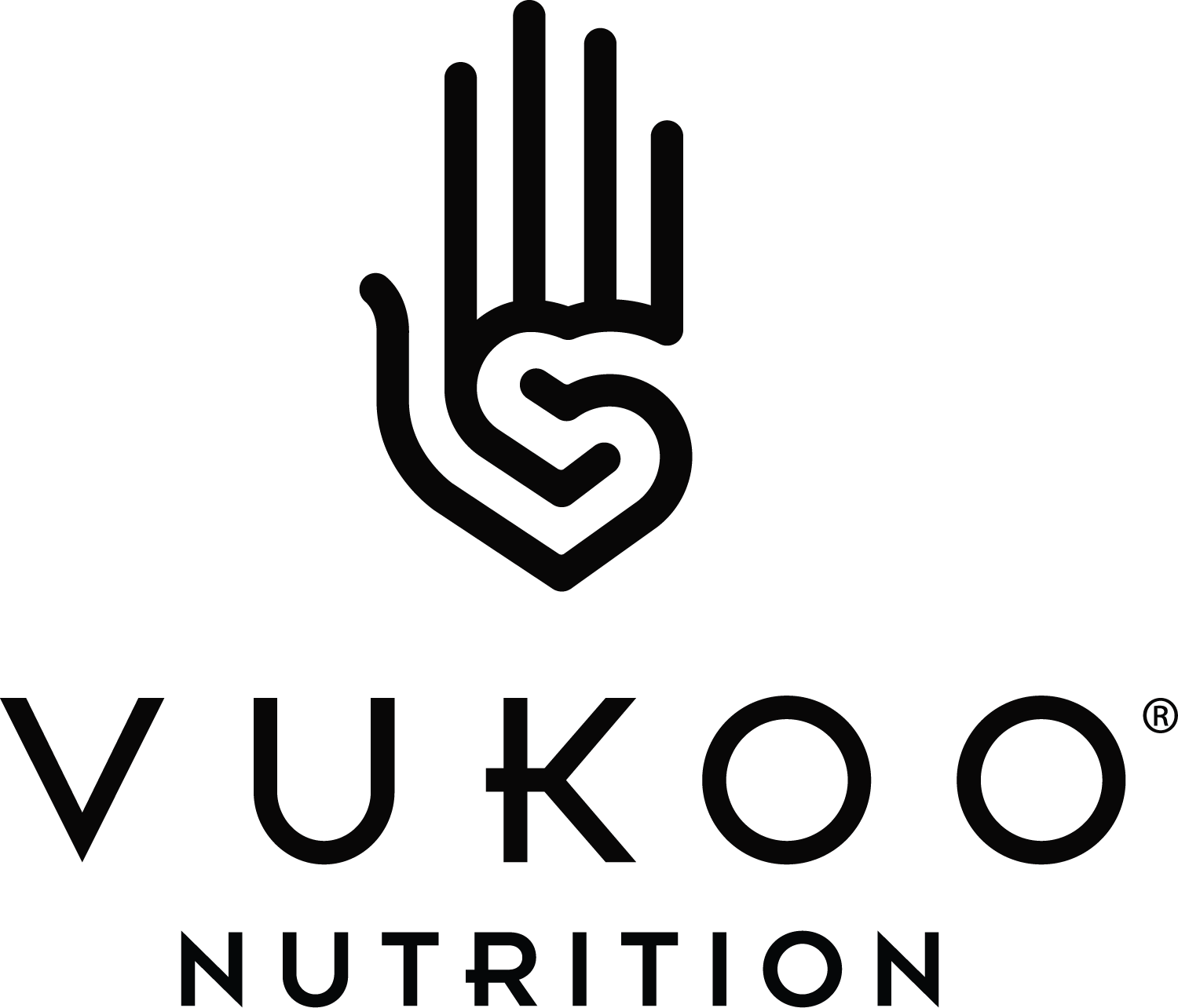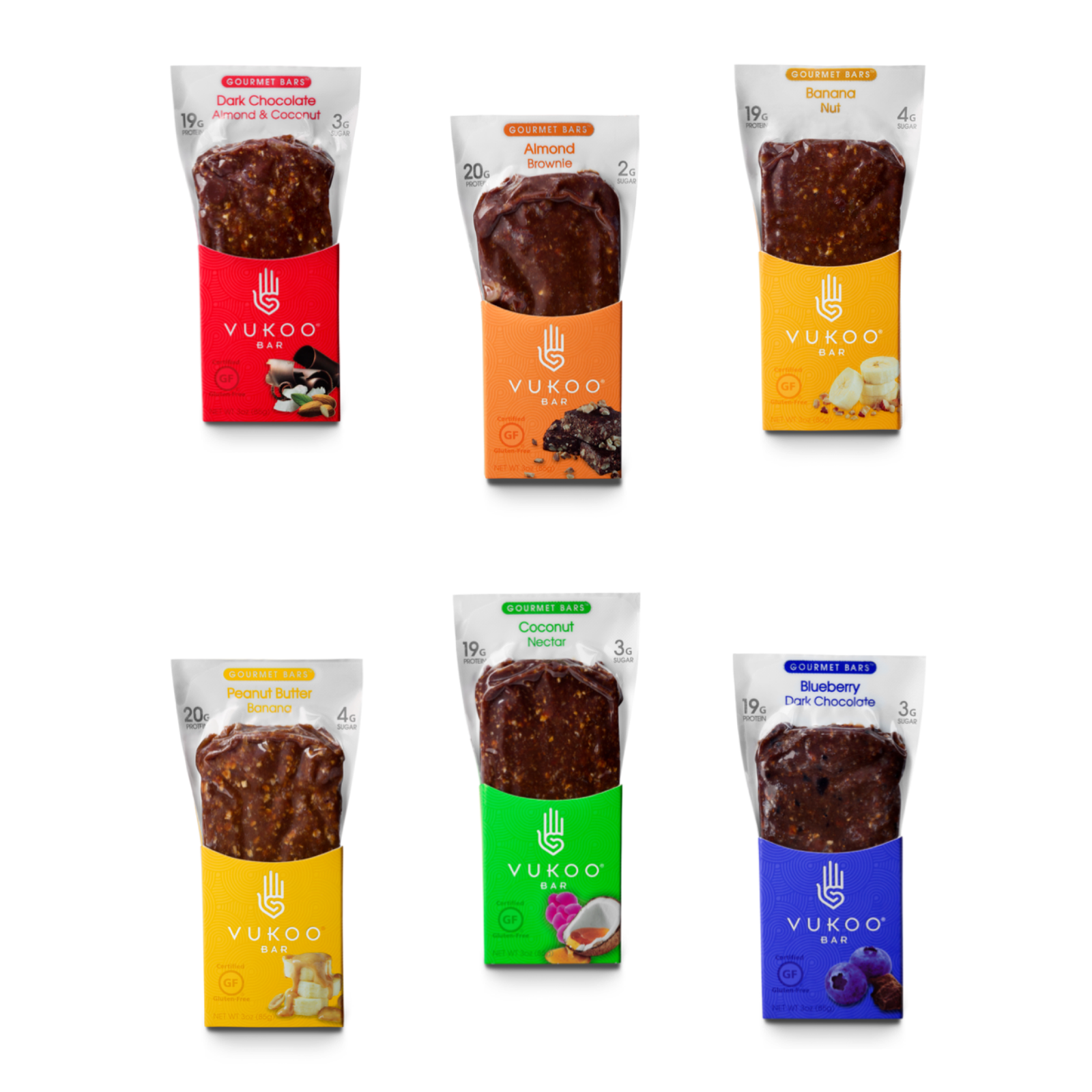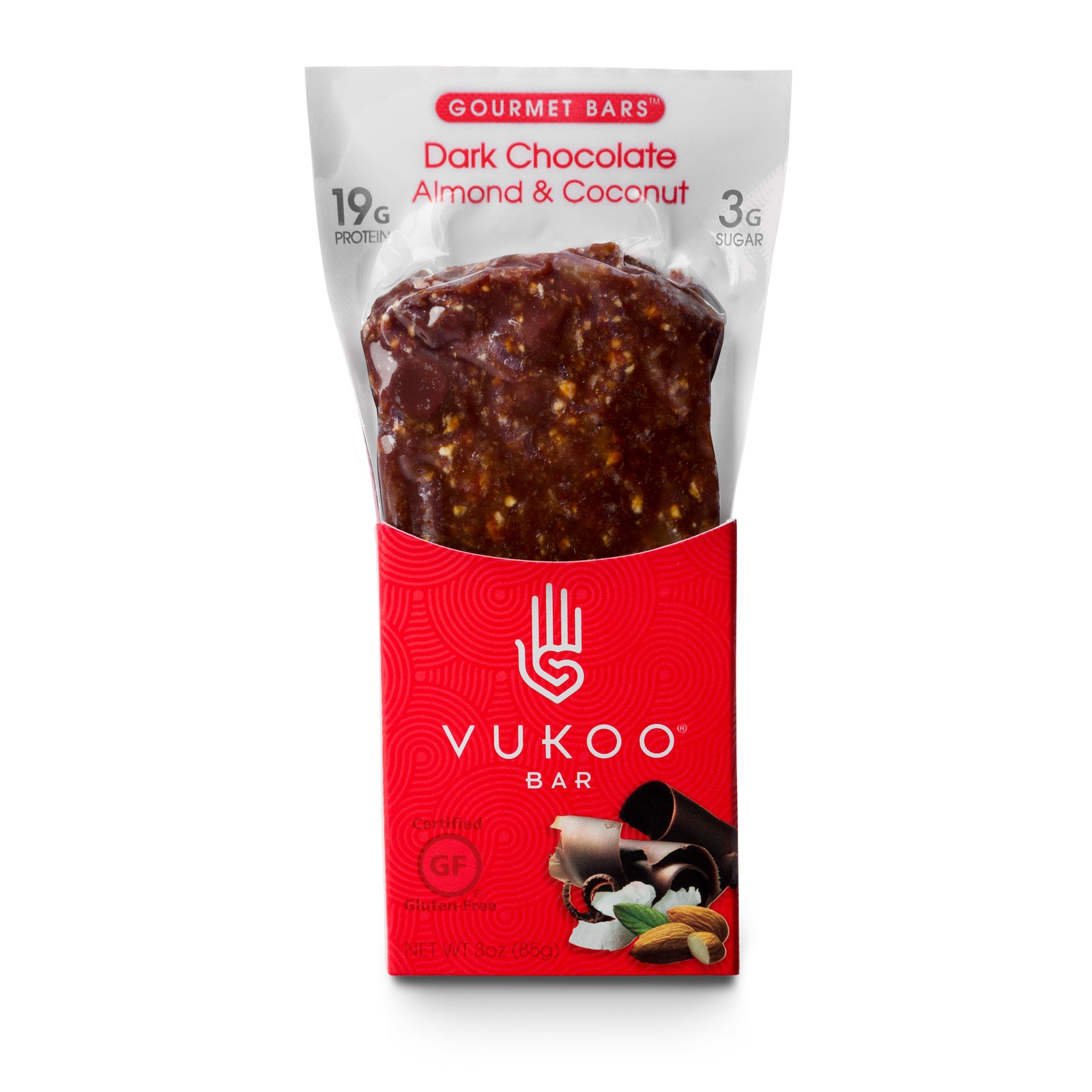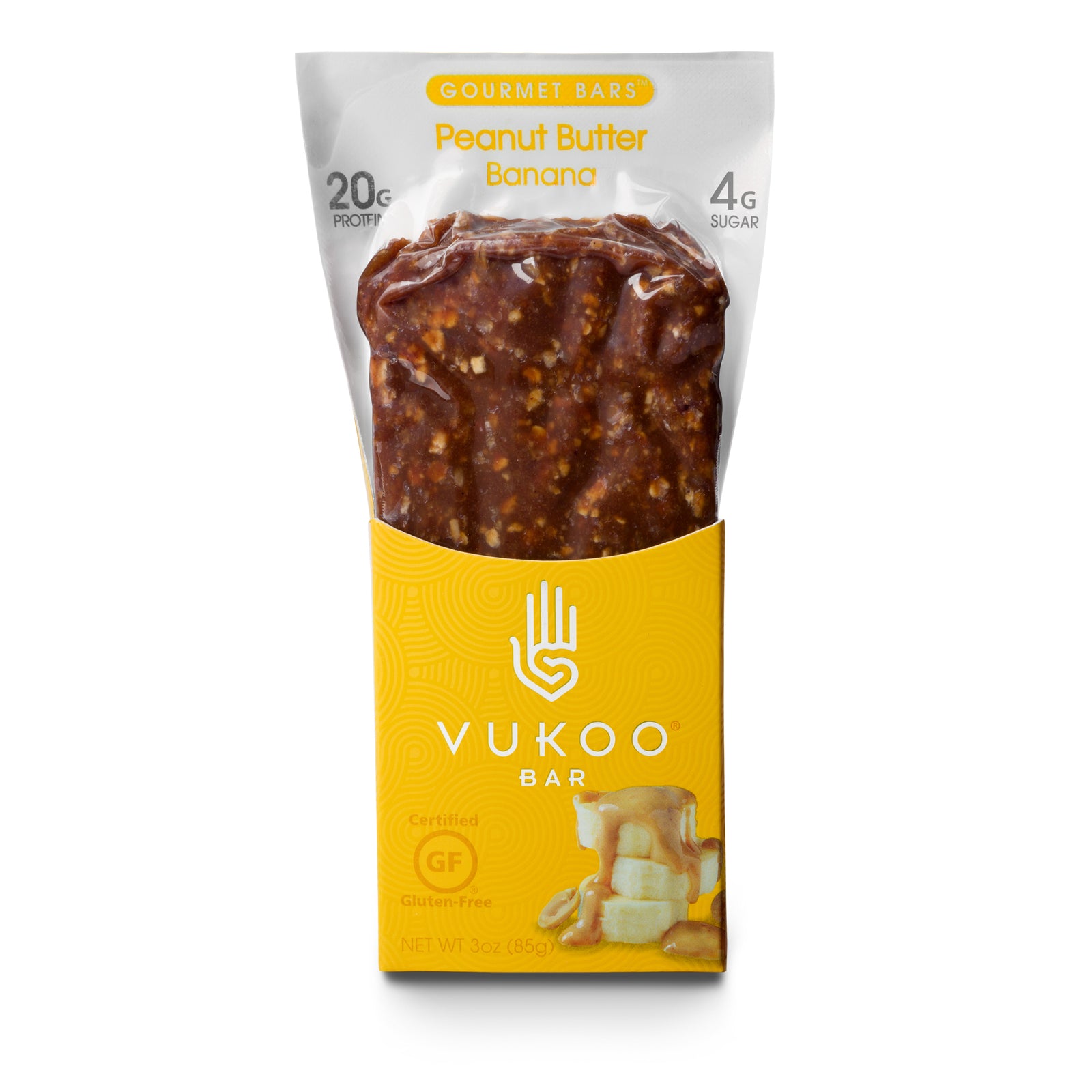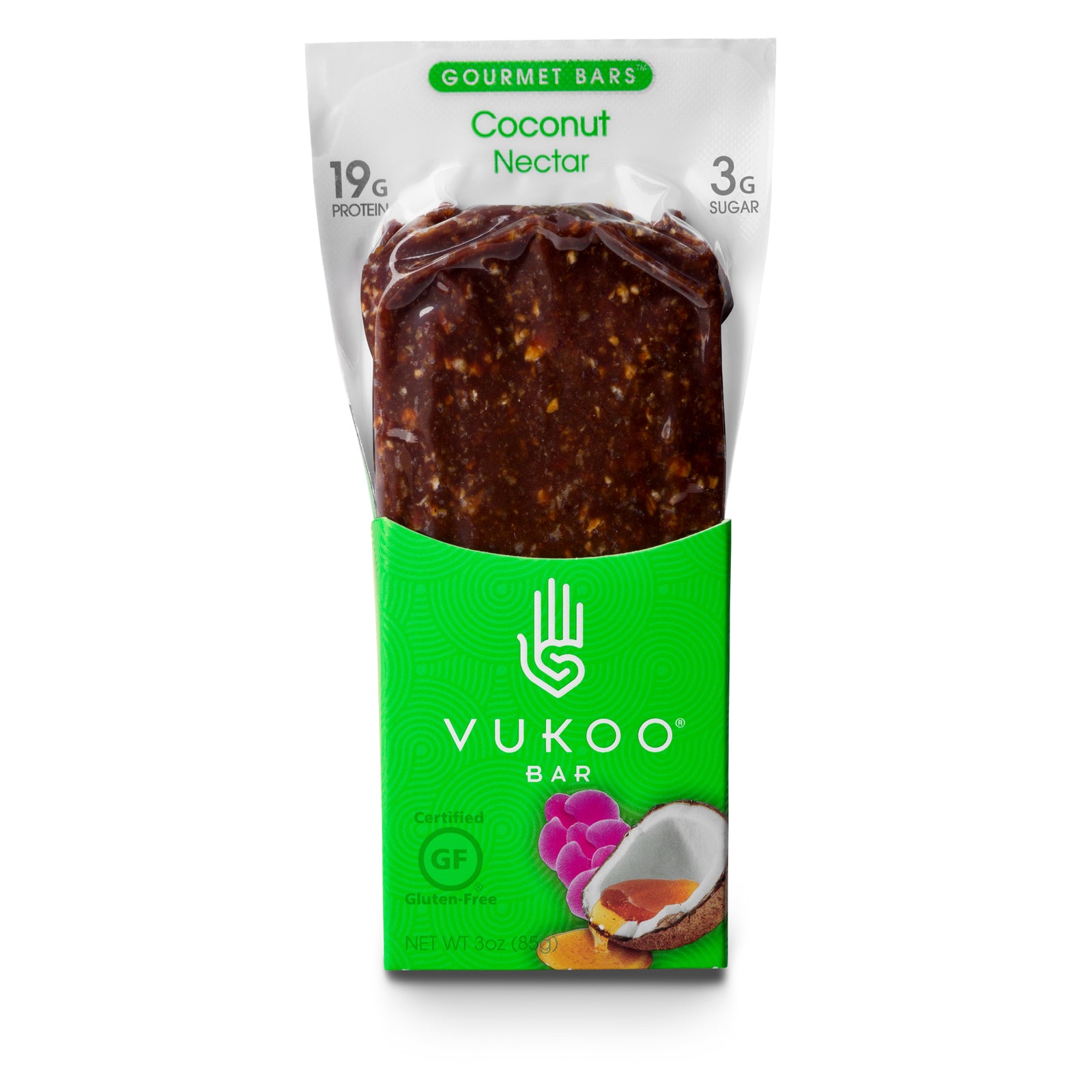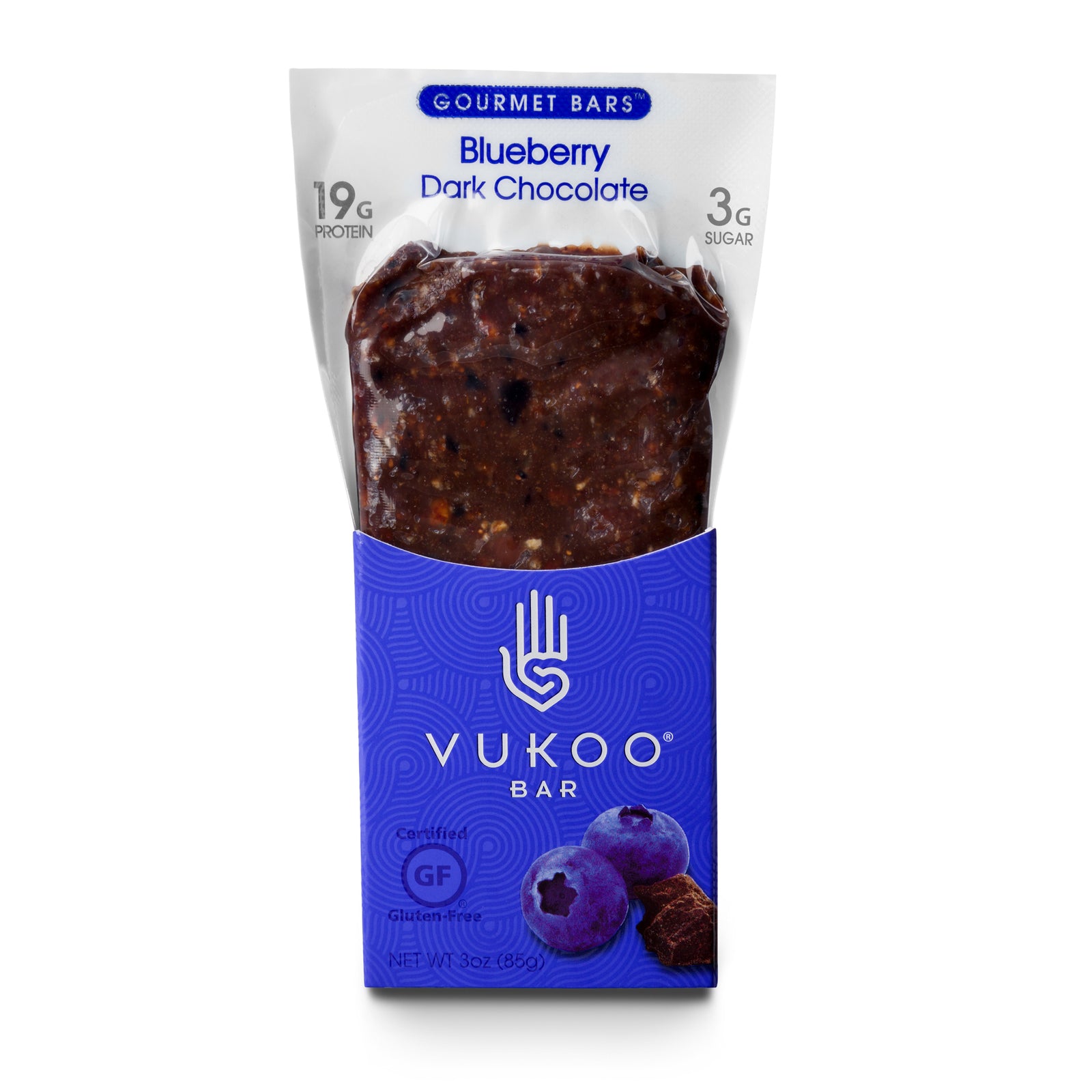There's a common misconception when it comes to healthy and nutritious food: that it's expensive. While there is some truth to this statement, and food deserts and food insecurity are serious problems, it's also worth addressing the more generalized assumption that produce is more expensive, than say, pizza.
With a bit a planning and strategy, eating healthy can be less expensive than the alternatives. Here are just a few tips:

Buy What's In Season
Imported foods and produce that are not in season is always going to be more expensive because of transportation causes. Instead, try to plan your meals around seasonal fruits and veggies. Farmers markets are also great for the wallet as it cuts out the middle person and you get to buy direct from the farmer.
Cut Back On Meat & Dairy
Meat and dairy are often some of the most expensive grocery items, especially when you're shopping organic and local. If you haven't tried plant-based meals before, we highly encourage it for both health and wallet benefits. These plant-based soups are hearty, affordable, and perfect for leftovers.
Shop In Bulk
Buying in bulk is often the most affordable option, especially when it comes to big tubs of greens or fresh berries. Take advantage of your freezer by storing what you can't eat up in the week. Frozen greens are great in smoothies and soups, and berries unthaw well for just about anything.
Plant A Garden
Finally, if you have a yard or small outdoor space, you can try your hand at growing your own food. Seedlings are generally inexpensive and you find secondhand or recycled pots for cheap. We love this blog for gardening inspiration.
Do you have any tips for saving money and eating healthy? Share with us on Facebook and Instagram!

